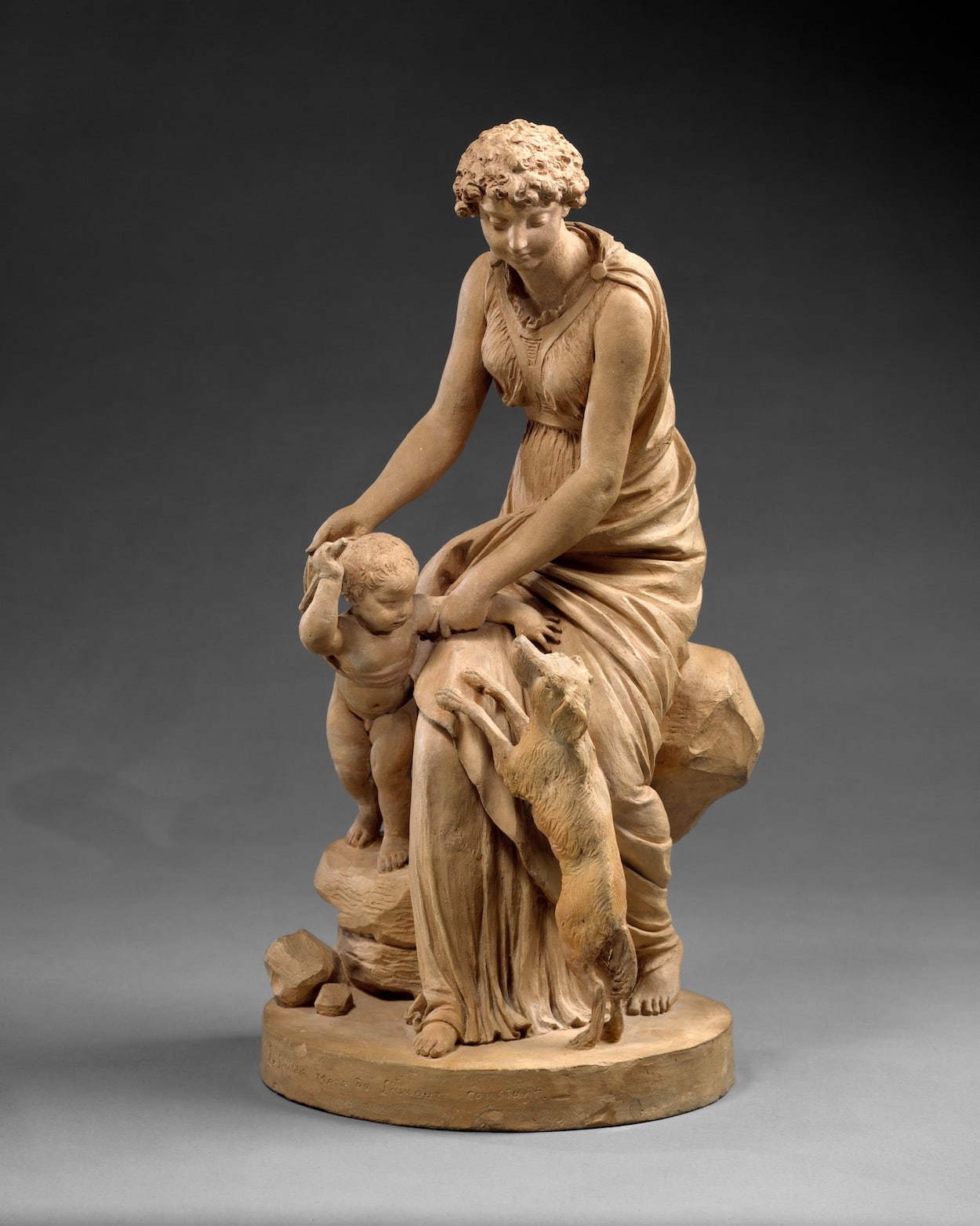Attachment
Attachment Bonds
THC Editorial Team December 30, 2023

Contents
- Overview
- What is an Attachment Bond?
- Secure and Insecure Attachment Bonds
- The Impact of Psychotherapy on Secure Attachment
- The Importance and Impact of Attachment Bonds
… whatever touches you and me
blends us together the way a bow’s stroke
draws one voice from two strings.– Rainer Maria Rilke1
What is an Attachment Bond?
An attachment bond, in psychological terms, typically refers to the primary relationship between an infant or child and their caregiver.2 Some have considered it to represent an infant’s interpretation of its relationship to its mother.3 However, attachment can occur between any two individuals, where there is a prevalent sense of dependence and caregiving. These can include a child or animal and their caregiver, and even relationships throughout one’s lifespan, including romantic attachments, family relations, friendships, long-term partnerships, and even interactions with strangers.4,5
Where there is an attachment bond, an individual generally seeks steady and persistent closeness and a sense of comfort and security from an emotionally significant other. Separation from this other causes distress.6
Four key characteristics of an attachment bond are:7,8,9
- The presence of an attachment figure who serves as a target of psychical closeness or proximity-seeking.
- The presence of an attachment figure who serves as a safe haven and can provide a sense of comfort, safety, and support when an individual perceives discomfort or injury.
- The presence of an attachment figure who serves as a secure base, who can provide a sense of safety and security, permitting the emotional support for an individual to explore novel experiences.
- The presence of separation anxiety when the attachment figure is not present.
Sometimes, a fifth characteristic is also mentioned: an individual’s interpretation that an attachment figure is “stronger and wiser.”10
Secure and Insecure Attachment Bonds
Attachment bonds are considered secure and healthy when contact and closeness with the caregiving significant other promote a sense of security and comfort due to their reliability, availability, and care.6 They are considered insecure when their bond to their caregiving significant other does not result in reduced distress or lead to the development of normal and healthy behavior in new settings without the caregiver present.4
Without secure attachment bonds, individuals may struggle to develop a healthy sense of independence or adaptive characteristics to manage new and unfamiliar experiences.6
The Impact of Psychotherapy on Secure Attachment
Effective psychotherapy with a capable therapist of integrity can potentially bridge some of the gaps of insecure early-year attachment bonds and strengthen secure attachment.
When adults undergo psychotherapy, the therapeutic relationship with their psychotherapist can replicate important aspects of attachment bonds.7
In therapy, an individual can project some of their insecure attachment strategies onto the therapist, who serves as a “security-providing attachment figure.” This can help the client develop greater security in their attachment, as the therapist is available and able to help the client.11
Security priming is another approach to aid in earned secure attachment and induce the sense of security one would get from attachment figures.13 It aims to activate attachment through memories to gain insight into someone’s attachment-related cognitive processes.12 This can include methods such as:11
- exposing clients to security-related words, like hug or affection, or the names of the client’s attachment figures;
- exposing clients to images that depict attachment security; and
- asking clients to recall memories of or imagine situations where they felt supported and cared for by an attachment figure.
Creating physically and emotionally secure environments where clients felt safe and supported allowed them to lower their insecure defense mechanisms and act from a place of heightened security.11
As people become more aware of and educated about their bonding tendencies, they can build the foundation for healthier and more fulfilling relationships. By fostering safety and security in their relationships, people encourage connection and create environments where insecure defense mechanisms are not as necessary.11
The Importance and Impact of Attachment Bonds
The presence and quality of early attachment bonds considerably impact an individual’s experiences throughout their lifetime.
Fortunately, the impact of not having healthy and secure attachment bonds with primary caregivers in early childhood can be mitigated through various means.
Children with single-parent families in early childhood tend to develop stronger bonds with pets (dogs) than other children do.10
Attachment bonds can also impact an individual in adolescence. While the role of parenting during adolescence has been debated, “there is growing evidence that parents do make a difference and that this difference operates through the nature of their attachment bond with their child.”13
Romantic bonds are powerful and their disruption or loss can cause significant distress for an individual. “…the potential or actual loss of a romantic relationship often produces severe emotional dysregulation until a person’s hierarchy of attachment figures is reorganized.” 14 As such, “… adults, like children, derive security from, and function optimally, when they feel they have the commitment of a loving other.”15
Close relationships and feelings of connection and togetherness are key to our humanity, well-being, and happiness. Having healthy relational bonds at any age can help a person constructively manage stress, maintain emotional balance and stability, and generally live well.16








